[ad_1]
Mane Village is a hidden treasure in the already less explored area of Spiti. There are many multitudes of reasons to visit Spiti – from fulfilling your explorer spirit to embarking on a one-of-a-kind adventure –Spiti has so much to offer. However, for the true travelers wanting to visit places unheard of – Spiti truly is a treasure cove. Hiding one such wonders of Mane Village – truly the prettiest of all Spiti villages – is an unknown gem. Even if you’ve visited Spiti a few times before, chances are – you haven’t yet explored this region.
On paper, Mane is just a collection of about 50-60 houses and a trivial populace of innocent farmers. The only reason why Mane might be on a tourist map is due to its proximity to Sopona Lake and Mane is the de-facto base for treks to the lake and further towards Manirang Pass. But, I am here to tell you why Mane Village is much more than just a base for treks and why you should stay here for at least a couple of days!
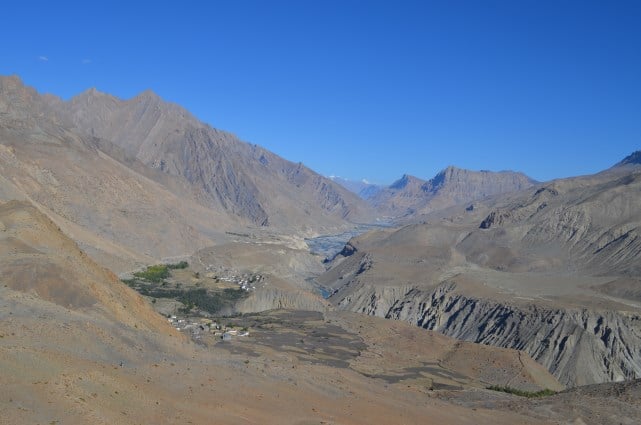
About Mane Village
Mane is considered to be Spiti’s most flourished village with a wide and extensive range of vegetation and flora and fauna. Located at an altitude of 3280 meters (10761 ft.), the village is home to less than a 100 households. Mane village can be quintessentially divided into two parts: Mane Gongma and Mane Yongma. Earlier, both these sections were part of the same village, however, a flash flood destroyed it a few years ago. After the flood, the village got divided into two – Mane Gongma which means the lower Mane Village and Mane Yongma which means that upper Mane village. Both of these sections of Mane can be traversed through by a motorable road.
The local way of living is humble, tranquil and modest and depends hugely on farming (barley, cabbage, carrots and potatoes) and animal husbandry. In terms of religion, the area is deeply immersed in Tibetan Buddhism.
Traditions & Tales
There is a fascinating lore that says that Mane used to be a cursed village. Basically, a villager’s soul did not “move on” and haunted the village & its residents. So much so, that monks from Kaza and Dharamshala were called in to bless the village. After several days of rituals, the village was finally cleansed and both the unsatisfied soul and the villagers were finally able to move on.
After every three years, the village people of Mane get together for a ceremony that involves three days of prayer that ends with a Cham dance by the monks of Dhankar monastery. In every festival the villagers work together. The work is divided among each household and the prayer happens in one home selected with a lottery system.
Villagers converse in the local language of Bodi (Bodhi) which is a diverse mix of Tibetan, Mongolian and bits of Hindi and Chinese.
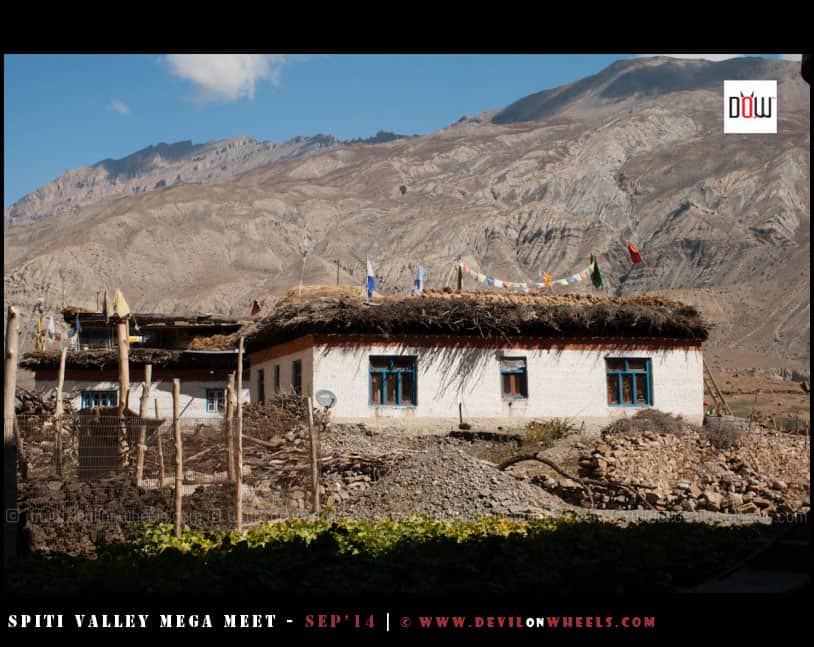
Location
Located deep within the Trans-Himalayan region of Spiti Village, Mane Village is situated at a distance of 35 kilometers from Kaza and 26 kilometers from Tabo, on the other side of the Spiti River. This village can be reached by crossing the bridge towards the village of Mud and Pin Valley National Park.
Weather in Mane Village
Life, not only in Mane, but, Spiti in general is marked with harsh climatic conditions, especially in winters. The entire region gets covered in snow and everything freezes. Even running water becomes impossible at this time.
However, come summer months and things turn pleasant – with lots of opportunities to explore. The region enjoys warm days and moderately cool nights. Temperature between May to September ranges between 10°C at night to 25°C during the day.
Since Spiti valley lies in a rain shadow area, hence, the region doesn’t receive much rainfall. However, the nearby areas (and routes by which you’ll travel, i.e. via Shimla or Manali) do experience heavy rainfall. And, this might even result in landslides and blocked roads. So, monsoon season, as is my advice for the hills, is best avoided (or at least keep a few buffer days and be an expert driver!)

Best time to Visit Mane
Like with rest of Spiti, the best time to visit Mane is during the summer months of June to September when the weather is good and the roads are well conditioned. Especially if you’re after Sopona Lake – summer makes the most sense, otherwise you won’t technically be visiting a lake but a slush! Also, summer allows you a maximum bang for your buck – all the roads will be open and you will be able to cover a lot more during the entirety of your trip. Even in the summer months, I want to inform you to wear layers and have woolens handy, since the temperatures are a fickle thing.

How to get there
Goes without saying, but, in order to reach Mane – you’ll have to make your way to Spiti Valley. There are two routes to take for this – via Shimla or Via Manali. We have an extensive detailed article about how to get to Spiti Valley for your reference.
The easier route to reach Spiti is via Shimla and this route is open throughout the year. You start your journey from Shimla and then reach Kaza via Narkanda, Rampur, Pooh, and Nako. This will be a journey of about 430 kilometers and will take you at least 2 days to complete. There is a lot to explore enroute and I genuinely urge you to make the most of your journey and do much more than just reach Spiti!
The second route that you can take is Spiti Valley via Manali. This side of the journey remains functional from Mid-May to Mid-October. For this leg, you start from Manali and then reach Kaza via Rohtang Pass and Kunzum-la. While this journey is much shorter at only 200 KMs, this is far more hectic on the body due to the strenuous change in altitude. You can traverse through this route in a single day.
Traveling to Spiti Valley by public transport is quite doable as well. Both the routes, either via Shimla or Manali, are connected by a daily bus to Kaza that you can board.
Kaza to Mane Village
The village mane situated left side of Spiti river, 6 KM away from national Highway. Once you’ve arrived in Kaza (or Tabo if you were coming from Shimla side), your next destination would be a small place called Atergu Bridge (not to be confused with Attargo Bridge of Pin Valley). It is situated about 20 kilometers after Kaza on your right and about 4 kilometers after Attargo Bridge. If you were coming from Tabo side, then this bridge will be to your left and 4 kilometers before Attargo Bridge.
After crossing this bridge, the road will immediately start climbing up. In around 3 KMs of this bridge, you will be in the lower Mane village. Another 3 Kms of driving will take you to the upper Mane Village.
Things to do in Mane Village
If you’re a tourist, looking for things to do – Mane isn’t the place for you. But, if you’re a traveler, wanting to immerse yourself into a place, to truly understand the ethos of a region and to give as much as you get – Mane scores in spades! The natural beauty & the vivid scenery is Mane’s greatest attraction. If discovering an unconventional destination is the purpose of your trip, then the village of Mane is where you will find such peace and tranquility.
Nights of Mane are particularly unforgettable. With countless stars putting on a show every night, you’ll be surprised and fall in love with the wonder of nature. You’ll be rubbing your eyes dry as the entire Milky Way can be seen with naked eyes. Also, this makes for a stunning place for photographers – try out your long exposure shots and be in a trance for the entirety of the night! With the misty village as your foreground, even the sunrises are spectacular. With the barren mountains – your soul searching expeditions will be a success each day you’re here!

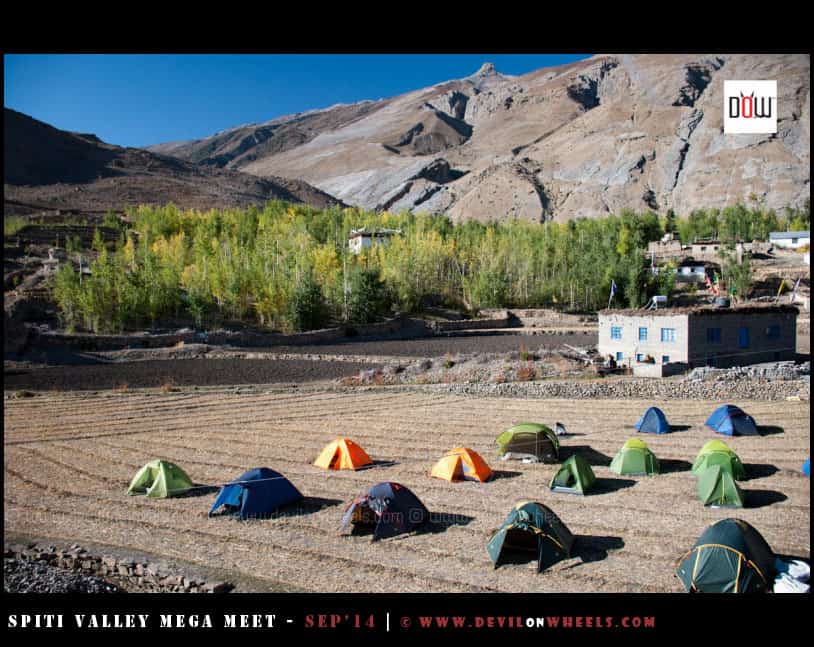
Sopona Lake
undoubtedly, if someone is aware of Mane – it is because of the Sopona lake! A tiny little seasonal lake, located about 5-6 kilometers from the village, Sopona is formed by glacier melt and only exists from May to October. As winter comes, the lake vanishes completely. The only way to reach this lake is by a trek of 2-3 hours from the Upper Mane Village. You can even spend the night there, remember to carry your camping gear (and some warm clothes)
Village Gompa
Resembling with the valley, every village has a beautiful connection to Buddhism. Same holds true for Mane as well. The village Monastery (or Gompa) is located on top of a small hill. It makes for a stunning spot to get a view of the village and the valley around it.
Chudolsa Cave
Chudolsa is a phenomenal and untouched cave, in which you’ll see water for about 7 months of the year. In the 5 months with no water, November to Mid-April, you can enter the cave to explore. What’s interesting is that no one knows the length of the cave.
Confluence of Pin and Spiti Rivers
The confluence of the rivers falls on way to the village, before you turn from the highway and cross the bridge. The mesmerizing sight as the rivers of Pin and Spiti merge into each other is a moment you will cherish for times to come.
Manirang Trek
Mount Manirang (6593 mts.) is known as the crown of the Spiti valley, and is the ultimate challenge for the mountaineers. It lies on the border of Kinnaur and Lahaul and Spiti. For all the high altitude mountain passes of the state, Manirang Pass is regarded as the most remote and hard, so much so that it is considered to the least explored in the Himalayas. Mane is acts as the base for the trek to Manirang Pass. The route takes you through the Manirang Pass towards Ropa Village in Kinnaur.
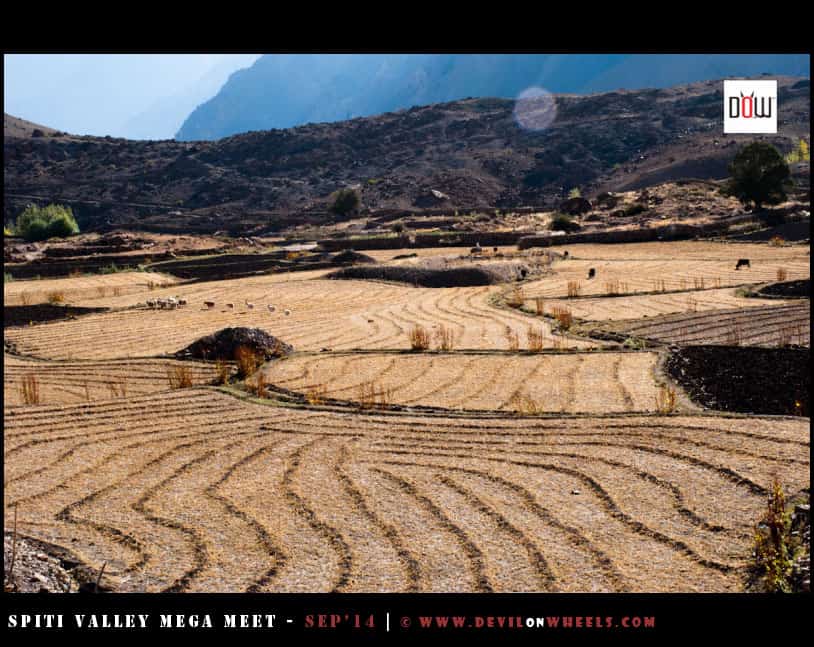
Where to stay in Mane Village
Virtually, no one visits this village, so you’ll not be surprised when I tell you there are no hotels here. Accommodation is available in the form of homestays and , which can be organized on request. Some of the villagers have extended their homes by a few rooms and rent those out to the tourists. Your stay will be basic but comfortable. The best way to find an accommodation here is to ask local villages for a place to stay. During my research, I came across t in Mane.
Other than the homestays, you’ll also find campsites within the village. So you can either stay in the cemented rooms or spend the night in a (recommended).
What to eat
Mane has no restaurants or dhabas and the only provision of food is the families in the village. The families are very humble and inviting and will be happy to provide you with a taste of local delicacies. the food includes, rajma, roti, rice, cabbage etc.
Also, it should be noted that in all homestays (the limited number that are present) the per-day tariff will be inclusive of the meals. However, it would be wise to check up on this when you are making your bookings.
In terms of local delicacies, take my word and try Arak – a local alcoholic drink that helps remain warm in cold winter days! Also, do try the Tibetan Bread stuffed with egg or omelet.
Tips
- The trail to Sopona lake is not a well laid one but easily navigable. I will advise taking a local as a guide. Not only will they take you to the lake in an efficient manner, but also tell you about the place, show you other things you might miss. Also, as a beautiful coincidence, you will be supporting the livelihood of the villagers.
- Also, you MUST have good with a good grip when you’re anywhere in Spiti.
- Only BSNL / MTNL works here.
- The nearest petrol pump is either in Reckong Peo towards Shimla or in Kaza towards Manali.
- The nearest ATM is in Kaza.
- Medical assistance, if needed, is available only in Kaza.
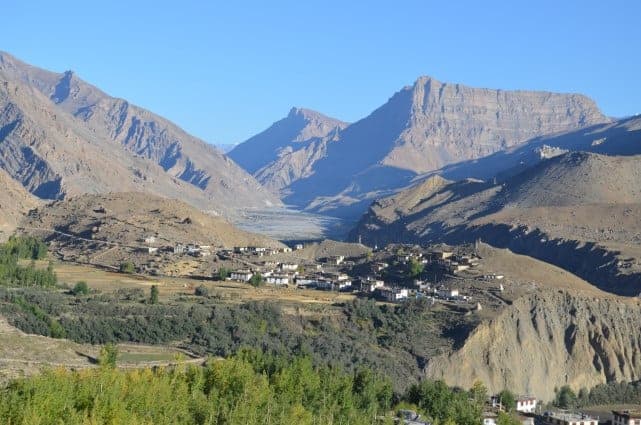
Appeal
It is my humble request to anyone reading this to PLEASE not litter in the hills. Even if you’re going to touristy places and especially in far flung, isolated villages – please ensure you clean up after yourself. Carry a with you and keep refilling it. If you have to buy filtered water – please ensure you dispose it off properly. There are not cleanup crews coming after you to pick up your trash.

It breaks my heart to go into the hills and see plastic bottles, cigarette butts, paper plates, half eaten food containers, discarded clothes and so much more filth strewn around. I love the hills, as I am sure you do too! Let’s do our part in ensuring that when we return the next time the place is still the same. Anyone who travels through the hills is a part of a very sacred community. It is our duty to ensure the hills are clean for our community. We should not be making it difficult for people living in these villages in already tough circumstances! With folded hands, I request you to please clean p after yourself.
Conclusion
Mane village is a true gem and a stunning beauty. While it is not on the radar of even the most eclectic of travelers – it is a place worthy of your time. I hope the information and details above on Mane Village were of help. If you have any questions; or need any other details; please feel free comment below and we will be happy to assist! Happy travelling, clean travelling!
Are you looking for the CUSTOMIZED TOURS?? Get in touch with our our handpicked & trusted Destination Specialists from the Himalayas who offer SPECIAL DISCOUNTED RATES to all the readers/followers of the Devil On Wheels website.

[ad_2]
Source link